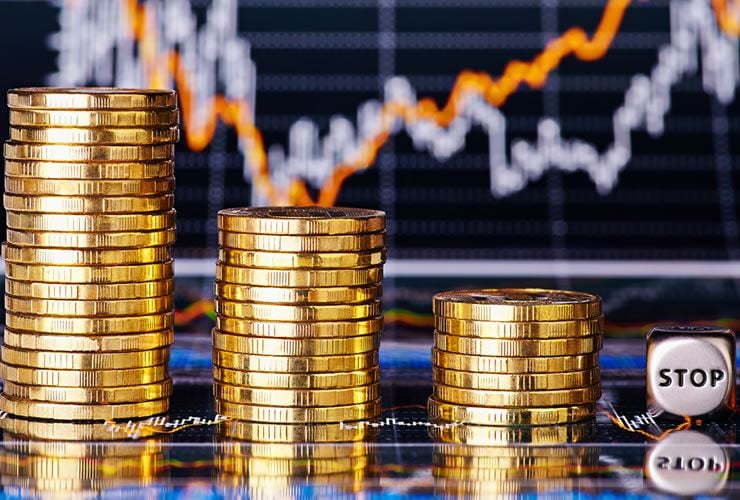EUR/USD Rate a High Conviction Sell with Westpac

The US Dollar is forecast to retain a bullish outlook by analysts at Westpac whose tripartite currency forecasting model suggests the EUR/USD exchange rate is headed lower.
The Euro fell against the US Dollar on the final trading day of the week gone by as the Greenback was bought despite US jobs numbers missing expectations.
The US employment report showed an additional 151K new jobs added in August, versus the 180K expected.
On paper, the Dollar should have fallen agianst the Euro as this would suggest the Federal Reserve may shy away from raising rates at any point in 2016.
However, the Dollar rose, and caught commentators by surprise.
Despite the miss on expectations, the gains are actually understandable in the context of the Federal Reserve’s vice chairman arguing that in light of current demographic trends the U.S. only needs monthly job gains of between 75,000 and 150,000 to stabilize the unemployment rate.
"So despite the fact that it missed consensus, the 151,000 increase in payroll jobs in August was not that bad," says Stefan Marion at NBF Economics and Strategy.
More than 1.1 million full-time jobs have were added in the last three months - 2.2 million since the pre-recession record was breached last November.
"Under these circumstances, we would argue that a September rate hike is still possible, but unlikely, we would put odds at no more than 40%," says Marion who sees a compelling case for a December rate rise - something that should ensure the USD remains bid.
Westpac: Short the EUR/USD
Strategists at Westpac Bank in Australia have told clients that their high-conviction trading model is telling them to sell the EUR/USD pair.
The model relies on a blend of quantitative, macro and technical analytics - when all three are aligned it results in a high conviction call.
In their latest tripartite model results, Westpac have concluded that the only major currency with all three analysis techniques producing a positive result was the US dollar.
They see the exchange rate first rising to a sell trigger level at 1.1335, with the catalyst for such a rise perhaps being, “US ISM and payrolls” which, “may underwhelm (14 of 18 Aug payrolls have missed consensus) delivering better selling levels.
From there they would ‘short’ the exchange rate (sell euros/ buy dollars) with a stop loss at 1.1440 which would automatically close out the trade if it went the wrong way and rose.
They give no eventual downside target but would keep the trade open until the model gave the opposite recommendation.
Westpac point to a string of recent poor data results which have undermined the outlook for the euro including lower than forecast
August inflation, a drop in the IFO sentiment gauge, and negative EC survey data, as informing their bearish EUR/USD outlook.
As far as their model goes, ‘quantitative methods’ are those generally based on differences in the interest rates between two currencies, with the one with the higher rate generally appreciating over the other.
Macro models are usually based on econometric data such as GDP, payrolls, business investment and consumer sentiment as well as the impact of international factors such as trade, the global economy and cycles in commodities.
Capital Economics Forecast Parity in EUR/USD
The Dollar is undervalued due to the market not fully taking into account the extent of Federal Reserve rate hikes in 2016, says Capital Economics’ Alex Holmes.
Holmes bullish the Dollar, backing up the call with recourse to market-based interest rate expectations in the US, as measured by overnight index swaps (OIS), which are rising faster than any other OIS’s, signalling a greater chance of the Fed raising rates than most other central banks, and that the dollar is therefore set to appreciate.
As for the Euro, he expects more easing from the ECB which is expected to undermine the euro and would set up a bearish differential with the dollar in the EUR/USD pair.
“While investors now seem to be moving towards our view that the Fed will resume its tightening cycle this year, we still think they are underestimating the extent of rate hikes in 2017. What’s more, we also think that the BoJ and the ECB will eventually ease unconventional monetary further. As a result, we doubt the dollar’s recent run of strength is over just yet. Our end-2017 forecasts remain $1.00 against the euro (versus $1.11 now),” Holmes says in his report.




